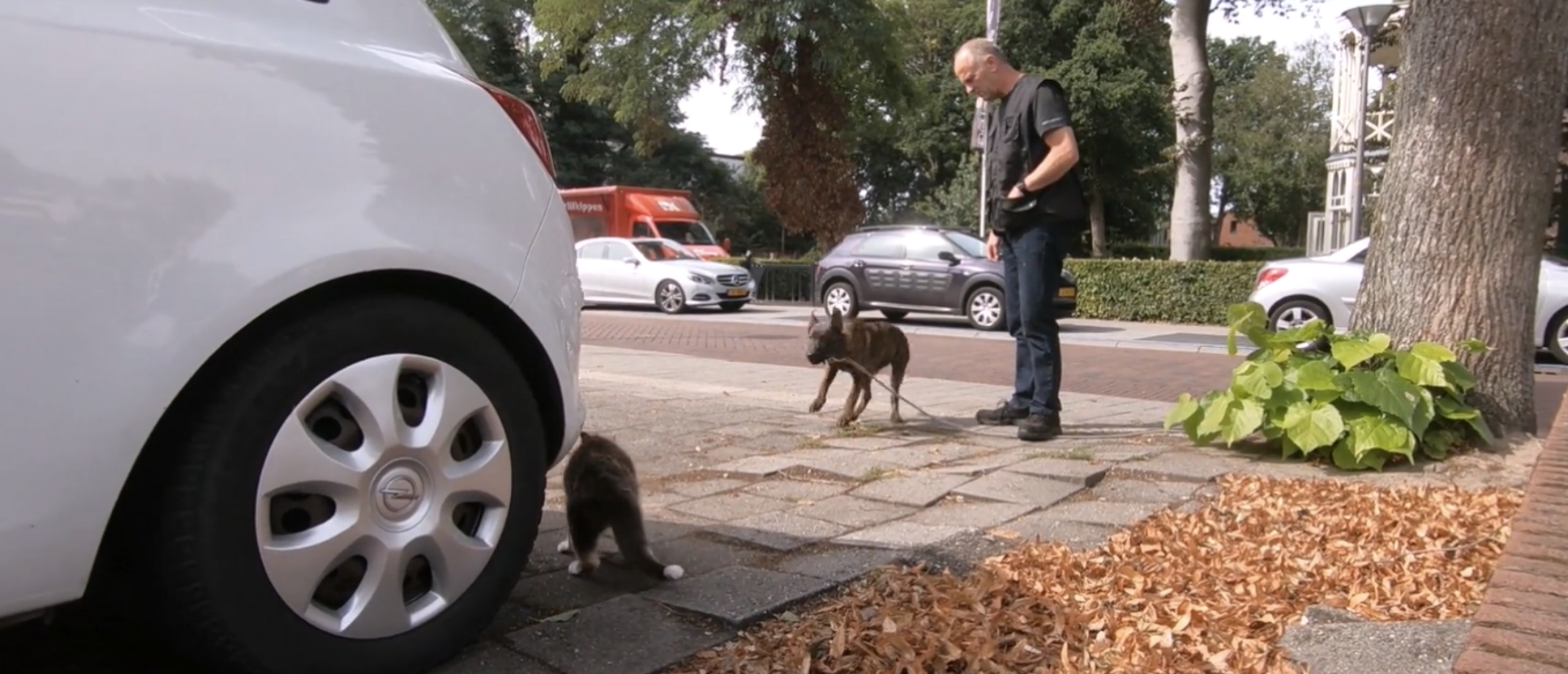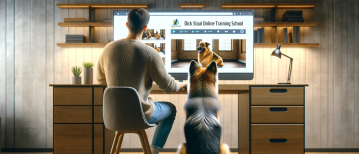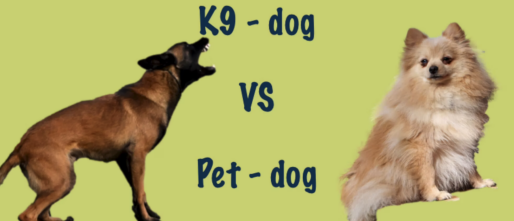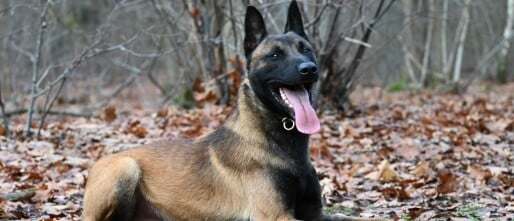By socializing well you prevent problems
When we train our dogs for tracking, we always do this in places where the dogs are well socialized. The last thing you want is that the dog is distracted by things in the environment and is no longer focused on tracking. So before we go tracking in a shopping mall for example, we have been there a few times with the dog to socialize him.
During socializing we always use a retractable leash. By using the retractable leash, we give the dog a clear context. He knows that he will be walked on the leash and has the freedom to explore the world. In addition, we have the ability to properly control the dog. We give the dog the opportunity to go to other people and they can pet the dog. But in the case of undesirable behavior, such as eating off the ground, we can also use the leash to correct this behavior.
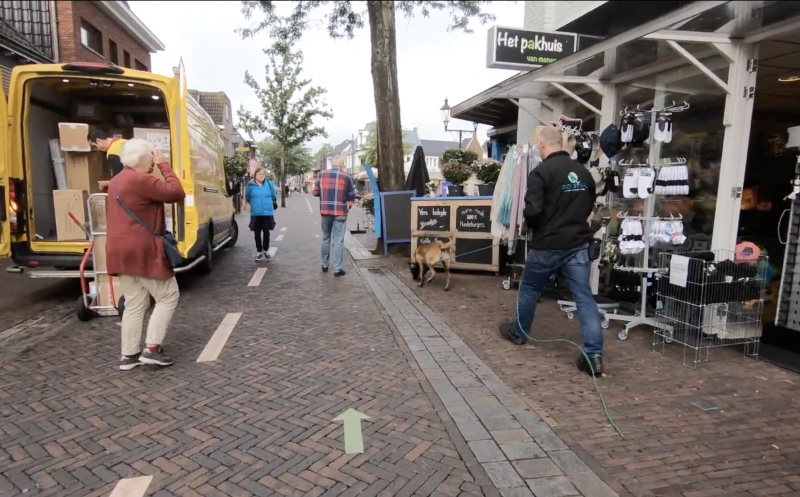 This is only possible if the dog is well socialized here.
This is only possible if the dog is well socialized here.
Prevent problems by solving them in advance
This week I spoke with a dog handler who told me that while tracking his dog, he encountered a cat. The dog stopped tracking and wanted to run after the cat. As a result, the handler had to correct the dog and stop tracking. This of course is not desirable during tracking and the handler asked my advice on how to solve this.
During tracking, all kinds of unexpected things can happen. The dog may want to chase a cat or rabbit, start eating grass, or be distracted by other smells or other dogs. Of course, these are problems we need to solve, because if we are tracking and a dog is busy doing other things, it will not help the tracking. But it is important that we first solve these problems as much as possible, separate from the tracking. By doing this we avoid having to correct the dog during tracking and also avoid unnecessary stress on the dog during tracking.
I have therefore advised the handler to first socialize the dog properly on the retractable leash, in the area where he and the dog encountered the cats. If the dog then wants to chase the cats again, this can be corrected with the voice or a line correction with the retractable leash. Do this until the problem is solved and the dog is no longer involved with the cats.
After that it is wise to make an easy track for the dog in the same environment and see how it goes. During tracking a dog gets more freedom and therefore the dog will sometimes make the same mistake again. At that moment the dog needs to be corrected of course because he now knows he is not allowed to go to the cats. Therefore, the track should be easy for the dog so that he can make a choice after the correction. It is also wise to use multiple and larger objects on the track at this time than you normally do. This gives you multiple chances during the easy track to reward the dog when he finds the object.
Find the situations where you run into problems
Of course, it is also possible that your dog is easily distracted by other dogs during tracking. What we do then is to take a step back and do an easy tracking exercise where we only train the dog to indicate a small object. This is an easy exercise for the dog at that time because he can already track and therefore can indicate to an object well. We then ask another person to walk around in the background with their dog. If the dog gets distracted by the other dog during the exercise, we can correct it. This is not a problem at the time of training because the dog already knows very well what the intention is.
As soon as the dog is no longer distracted by the other dog and puts his nose to the ground and starts searching again, we immediately reward the dog with our voice. And if he finds the object and indicate to it, then the dog is rewarded for a long time. This often quickly eliminates the problem with the other dogs.
A final example is eating grass while tracking. During one of our last seminars, some dogs kept eating grass during tracking and stopped tracking. I then also advised those handlers to first go to the same place with the retractable leash and to teach the dogs there that they are not allowed to eat grass independently of the tracking. Once they had solved the problem that way, I advised them to make an easy track at the same spot with larger objects than usual. The exercise then becomes easier for the dog and more likely to find the object and you can start rewarding the dog directly. All the dogs soon did this a lot better and were no longer busy eating grass. This soon allowed the handlers to make longer tracks again and the problem was solved.
So if you have problems during tracking, always try to solve them separately from the tracking first.

